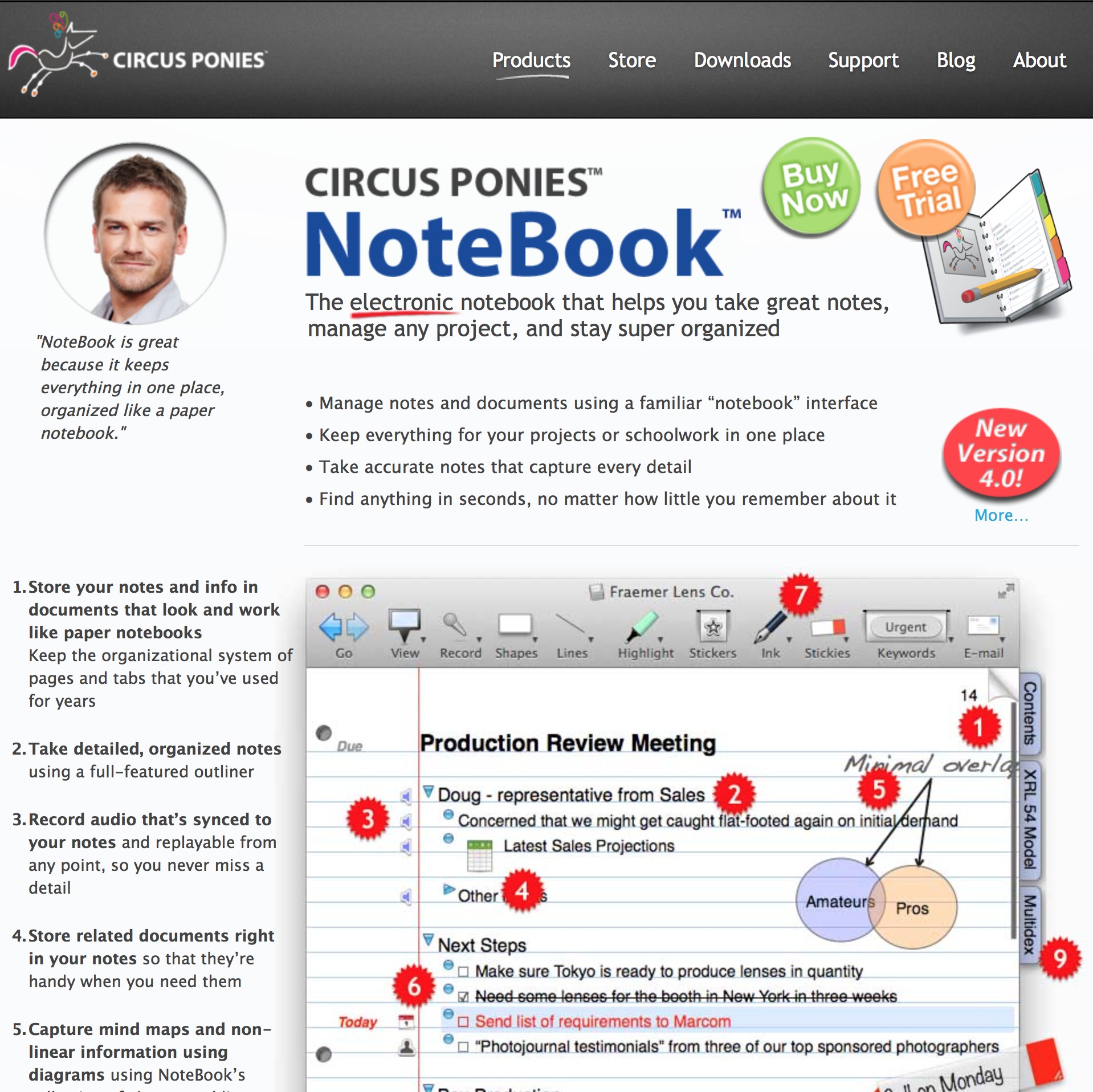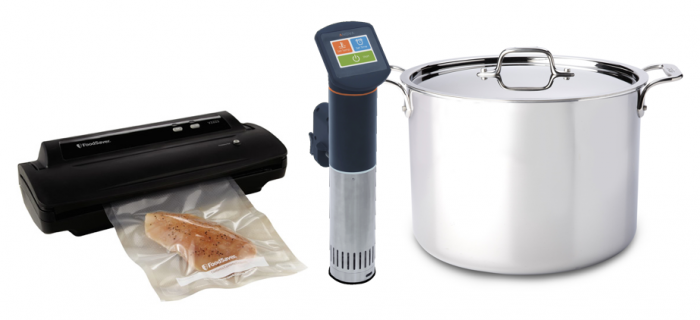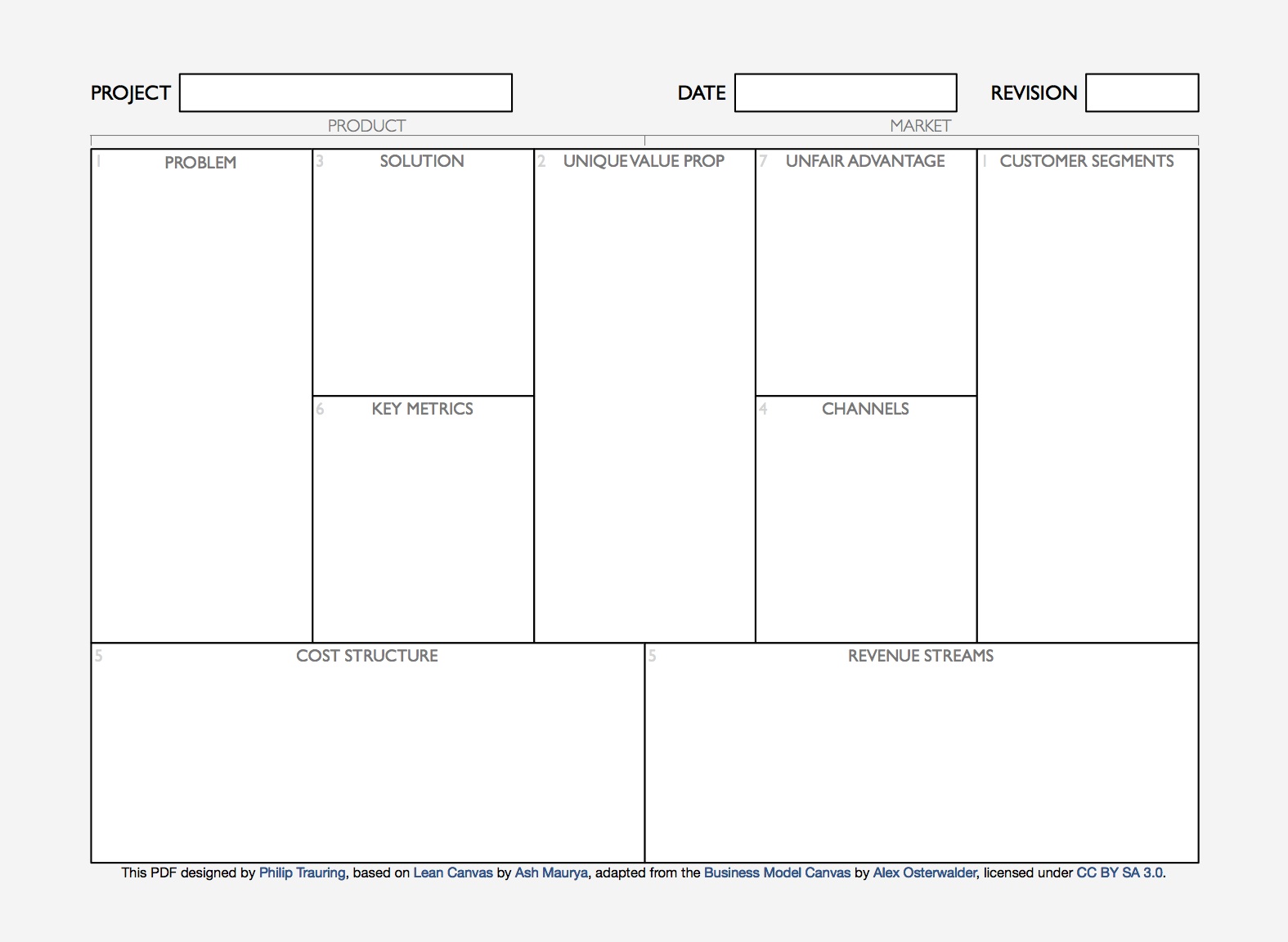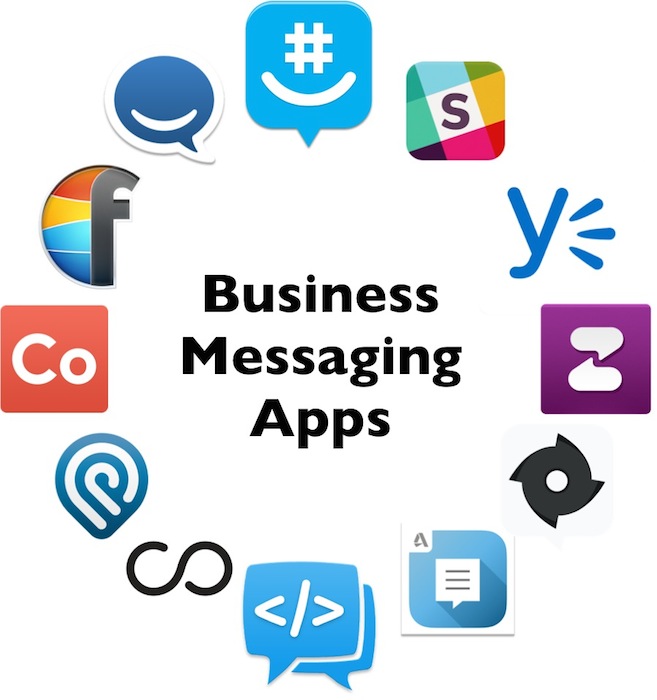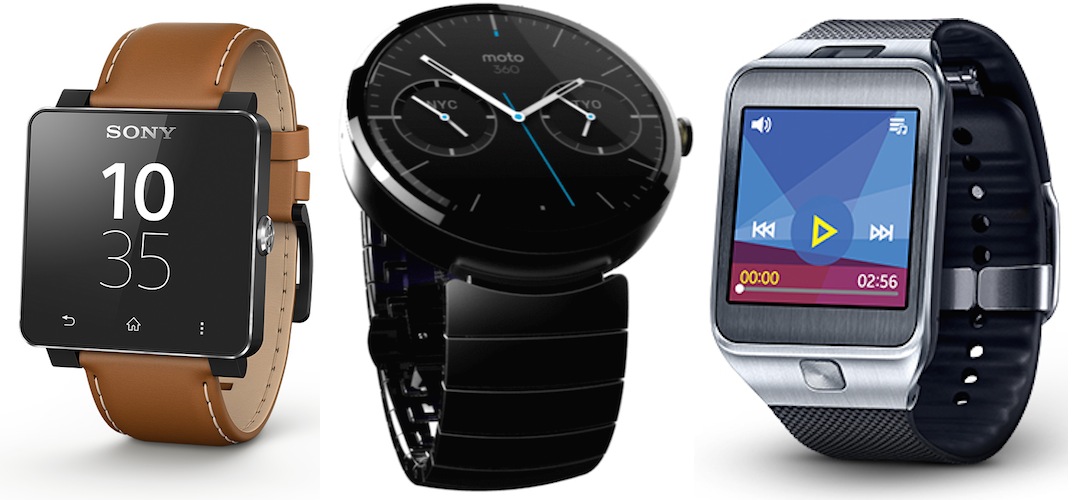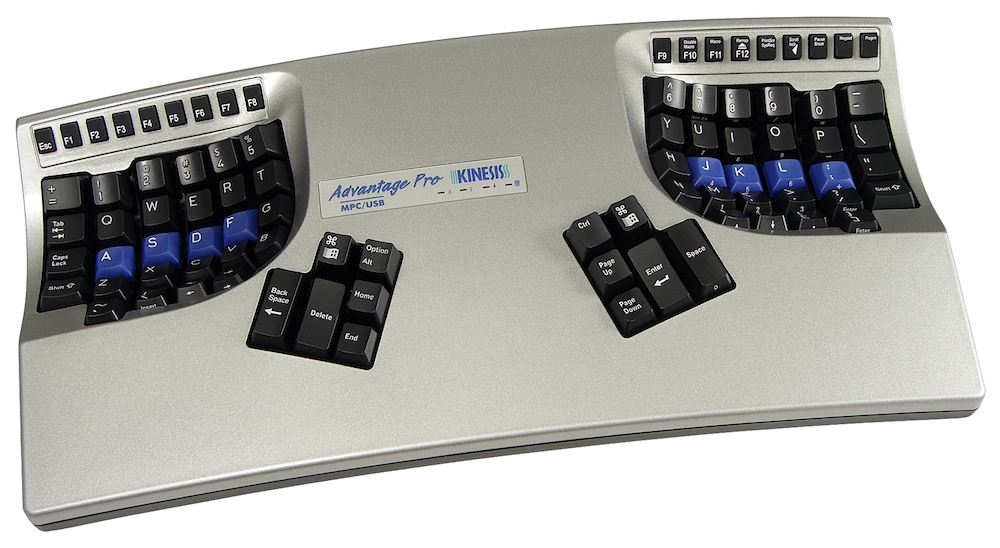UX Note: How not to upgrade software
Update 6 Jan 2016: A year and a half after this post was written, Daring Fireball is reporting that Circus Ponies, the company discussed in this post, is out of business. Not surprisingly, considering the odd customer service described below, customers were not a consideration in the closing of the company. The company simply disappeared, and posted a message that sending them an e-mail might get a response, but they wouldn't guarantee it. Oddly they linked to a second web site with the same message in some kind of parody of Alphabet (old Google). I think creating a parody instead of some kind of customer-focused site on how to transition away from Notebook was not the best use of their time. Oh well. I used to use a program called simply NoteBook on a fairly regular basis. It's developed by a company called Circus Ponies Software. Its origin dates back before Mac OS X, to an application that ran on NeXTSTEP (the operating system that would go with Steve Jobs to Apple and become Mac OS X). In the early days of Mac OS X, NoteBook was extremely advanced and fairly unique. Over time other applications aped its user interface, and other organizational applications using different paradigms…
Crowdfunding hardware and Sous Vide cooking
This is not a post about cooking. This is a post about crowdfunding and how it is changing how many products are coming to the market. I touched on this briefly in my post on forthcoming keyboard designs, but Sous Vide as a category gives a clearer view of what is going on in crowdfunding of new hardware. Let's get the cooking stuff out of the way. Sous Vide (French for 'under vacuum') is an interesting intersection of technology and cooking. The basic concept is to create a water bath where the water is circulated and heated to a very precise temperature (to a tenth of a degree). Food items are vaccum-sealed in plastic bags and inserted into the water bath. Using lower than normal cooking temperatures, the foods are cooked through and can be accurately cooked to very specific degrees for different types of foods. In use since the 1970s in restaurants where the equipment costs thousands of dollars, the first widely available 'consumer' unit, the Sous Vide Supreme, came out in late 2009 and cost about $400. In the years since then a number of companies have come out with competing devices, both of the self-contained variety like…
A Lean Canvas you can edit
One of the simplest (and simplicity is key) ways to outline a business model is using Ash Maurya's Lean Canvas. The Lean Canvas is a tool described in detail in Ash's book Running Lean, as well as in videos and articles online. There are many ways to create a Lean Canvas, from using leancanvas.com, to an iPad app, to just drawing it yourself on a whiteboard or a piece of paper. Wanting to make several Lean Canvases for my article I decided first to make it easy for me to throw together a Lean Canvas using just a PDF editor (like Preview on the Mac, or Adobe Reader on Mac, Windows or Linux). One unfortunate side-effect of Lean Canvas being derived from the earlier Business Model Canvas, is that the order Ash suggests in filling it out is not in any order that makes sense from the layout. For people new to creating a Lean Canvas, this can be confusing, and it can be hard to remember which box to fill in at any given time. What I've done is simply create a PDF version of the Lean Canvas, where each box is labelled with the name as well as the…
What differentiates a business messaging app?
Messaging has become a hot area of late (for a look at the history of messaging over the past few decades, see my earlier post). While the $19B sale of WhatsApp to Facebook might take most of the attention, there's been no shortage of other movement in the industry, including the sale of Israeli/Cypriot company Viber to Japan's Rakuten for $900M, the investment of $215M by Alibaba into US company Tango (at a $1.1B valuation), and the rumored IPO plans of both Japanese company LINE (with some estimates putting the valuation at $28B although that seems unlikely) and Korean company Kakao (priced at $2B). One thing all of these companies have in common is their consumer focus. None of these companies develop business messaging platforms. Undoubtedly many teams within companies use these consumer apps, even if not optimized for their needs, to communicate. What features and requirements would make a business team choose a business-focused messaging platform over a free (or at least very inexpensive) consumer one? Let's start with a quick look at who the players are in the business messaging space. It turns out that they are legion. Really. Some examples include Autodesk Instant, Convo, Cotap, Flowdock, GroupMe (owned by Microsoft via Skype),…
One Wearable to Rule Them All? Not likely.
This is actually one of the first articles I planned on writing when I started this blog, but I felt I needed to fill in some background first. While this article is my first article about wearables, it follows my articles The long goodbye to passwords and Who do you trust with your identity?, the reasons for which will become clear as you read below. Wearables is clearly an exploding category of products right now. Lots of money is being invested and lots of companies are springing up. I tried to look just at what companies I could find with Twitter accounts, and found over 100 companies. The technology, from sensors to screen quality to battery life have all converged at a 'good enough' level that has encourages lots of experimentation in this field. There are many types of wearables, but I think they can be roughly classified. Classification Let's start by breaking up the very large and growing category of wearables into a few types. While you can further break down the differences, I break them up into three groups: The all-in-one The single-purpose The multi-position The all-in-one is still emerging, but it generally takes the form of a…
How I would re-design the Kinesis Advantage keyboard
I'm a fan of the Kinesis Advantage keyboard, but it's definitely long-in-the-tooth these days. The keyboard's basic design reaches back over twenty years. The current USB version was introduced in 2002, and I don't think there have been any significant changes in the past twelve years. I've seen rumors of a re-vamped version, but nothing has been released. As you can tell from my previous posts, I believe there is a big difference between convenience features (such as wireless, backlit keys, etc.) and ergonomic features in keyboards. On the ergonomics side I don't think Kinesis needs to make many changes to what is a popular design. There are some changes that could be made, such as perhaps splitting the left and right sides, or making the keyboard more adjustable. On the convenience side, however, I think there are a lot of changes Kinesis could make to the keyboard. Here are my suggestions for the next generation of the Kinesis Advantage: Cut the cord When I originally wrote the heading above I was thinking wireless (see below) but the truth is, the one thing that has annoyed me the most over the years about the Advantage is that the USB cable…
Samsung looking to Israeli tech to compete with Apple’s iBeacon
A couple of months ago I tweeted about an Israeli startup named ShopCloud that was showing off some fairly amazing retail technology: https://twitter.com/trauring/status/431121027528015872 https://twitter.com/trauring/status/431121374594080770 The interesting thing to me was that it enabled much of the functionality of Apple's iBeacon technology, without the need for physical iBeacons to be in place. It seems this fact wasn't lost on Samsung, which is now rumored to be trying to buy ShopCloud for about $80-90M. This was originally reported by the Israeli tech blog Geektime, and followed up by Israeli business news site Globes. This is particularly relevant if you look back at my post Who do you trust with your identity? which among other things looks at how Apple is using iBeacons to position itself as the preferred partner for mobile payments in the future. It's a smart strategy, giving the retailers powerful technology to engage their customers, while at the same time giving Apple access to those same customers. Google and various other companies have tried to use NFC to similar effect, but these efforts have largely failed. ShopCloud could allow Samsung, or whomever ends up purchasing it, an end-run around iBeacons and NFC. ShopCloud's INSIDE technology allows malls and store to map…
